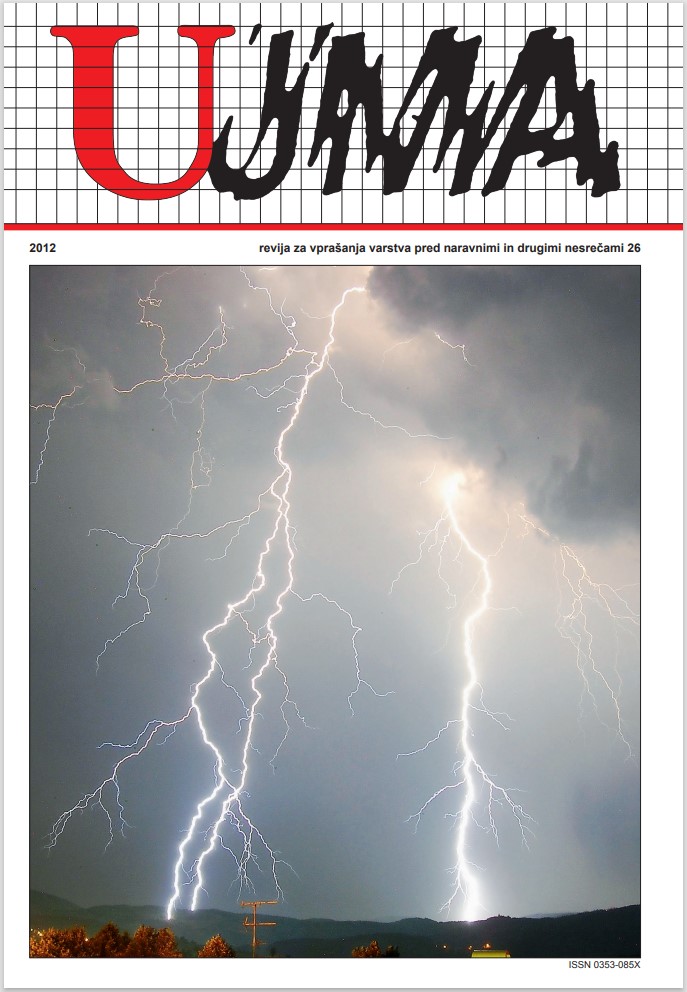FIFTY YEARS OF THE WORLD-WIDE STANDARDIZED SEISMOGRAPH NETWORK (WWSSN)
Abstract
The World-Wide Standardized Seismograph Network (WWSSN), established in 1961, was a major step forward in the development of seismology. Its data on global seismicity provided a key contribution to the formulation of the plate tectonics theory, which is among the most important natural science theories. All 120 seismic stations were equipped with identical short-period and long-period three-component seismographs. In 1969, the seismic station at Golovec in Ljubljana was included in the WWSSN, which ranked it among the best stations in the world. Seismographs from that period, recording on photographic paper, were in uninterrupted operation for more than 35 years, until 2004.
References
Lee, W. H. K., Kanamori, H., Jennings, P. C., Kisslinger, C., 2002. International Handbook of Earthquake & Engineering Seismology. Academic Press, 933.
Shearer, P. M., 2009. Introduction to seismology. Cambridge University Press, 396.
Vidrih, R., 2009. Nemirna Zemlja: ob 50-letnici moderne seizmologije na Slovenskem. Tehniška založba Slovenije, 120.
Downloads
Published
Issue
Section
License

This work is licensed under a Creative Commons Attribution-NonCommercial-NoDerivatives 4.0 International License.
The articles are made available to the public under Creative Commons Attribution-NonCommercial-NoDerivatives 4.0 International (CC BY-NC-ND 4.0).


